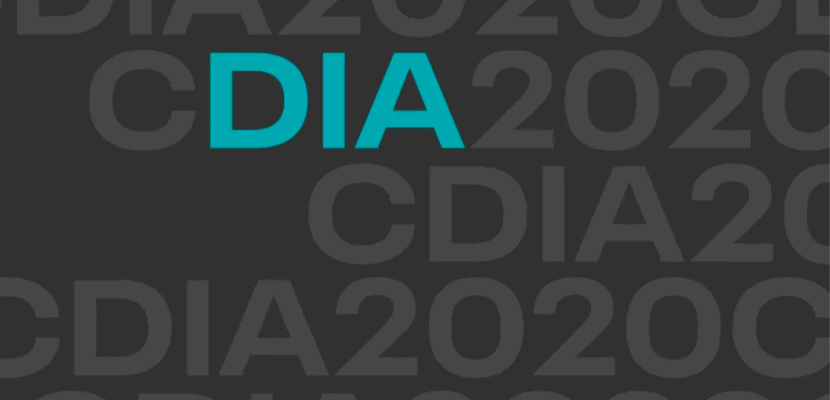Digital transformation has been on the agenda for a long time, but the sudden need to respond to the unprecedented challenges of 2020, has meant the buzzword has become an executable reality for many enterprises. I recently came across a KPMG report that revealed that 80% of executives are increasing investments on emerging technologies now, to drive higher realized value in the future. Underlying digital transformation and investment decisions is a precious asset: data. Now more than ever, decision-makers are looking to do more with their data. They are eagerly experimenting, deploying new use cases, and driving innovation for their organizations. At the same time IT, whose job it is to ensure security and compliance while meeting the needs of the business, tend to be unfairly blamed for holding projects back. This is because the majority of IT departments find it near impossible to just ‘ramp up’ data use, and even more difficult to do so at scale. However, without finding the right balance between innovation and security, businesses won’t be agile enough to stay ahead of the curve. This is what the Data Champions category at the Data Impact Awards is all about. Data Champions find the common ground that successfully meets the requirements of both business AND IT.
Last year’s winner of the Data Champions award, United States Census Bureau, is a perfect example of the impact data can have when all parts of the business are invested, and able, to maximize its use. The mission of the Bureau is to be the USA’s leading provider of quality data about citizens and the economy. With that in mind, the agency uses open-source technology and high-performance hybrid cloud infrastructure to transform how it processes demographic and economic data with an Enterprise Data Lake (EDL). Using this secure platform enables the Census to aggregate and manage data from various different sources, improving data products for all types of users whilst ensuring security and governance was adhered to. This is incredibly important, as entire communities rely on these statistics for everything from planning new businesses, schools, and roads to healthcare and emergency services. Their outstanding success in harnessing data to solve not only their own problems but the problems of other organizations, resulting in true societal impact, is what made them stand out among all Data Impact Awards entries.
They are Data Champions in the truest sense. They successfully married the strategic utilization of data, with a company culture that empowers more to be done with these insights – in a safe and secure way. They saw success in allowing decision-makers to access all data in one single platform, giving them the power to get not only the answers they’re looking for but also to discover insights they wouldn’t normally get and identify new use cases. One of our customers has used our platform to establish what they refer to as a “data supermarket”, and I have yet to come across a better analogy. When you do your grocery shopping you usually have a list of things you need, but you always end up spotting other things that are interesting and taking them home. This is what a truly data-driven organization should be able to offer across the board — the tools end-users need to do their job, but also a holistic view of data which allows them to draw on insights that they may not have been looking for in the first instance, but are equally important.
I’ve been lucky enough to see many organizations achieve this via our Cloudera Data Platform (CDP). CDP allows all data users and decision-makers to access the same enterprise data cloud that gathers every dataset available in their business, no matter where it’s coming from in a safe and compliant manner. By offering everyone the same “data supermarket”, businesses eliminate the data silos that are slowing them down, ensuring integrity and accuracy in the data that is supporting their business objectives. An enterprise data cloud also delivers consistent security and governance, across all clouds and data centers, mitigating risks, and increasing compliance – something that significantly diminishes those IT concerns I mentioned. This also means no more second-guessing for business users, wondering whether they are ‘allowed’ to use those data and analytics. This confidence and trust is key to enabling them to use data to its fullest potential and generating business value.
In conclusion, in order to marry the requirements of both IT and business objectives, organizations should have an enterprise data strategy in place that caters to all business use cases. This strategy empowers teams to take the insights they need from their “data supermarket” without having to worry about meeting data access or compliance rules; they are always consistently enforced. And finally, it should not only focus on the technology but also in building a data-driven culture across the business. These three elements are what turn data users into Data Champions, and what we want to celebrate in this year’s Data Impact Awards.
How do you balance the business and IT needs around data access in your organization? We’d love to hear from you so why not submit your entry for the 2021 Data Champion category?
For more on past winners and finalists, visit the archive site. And keep an eye on this year’s awards at www.cloudera.com/DIA.



